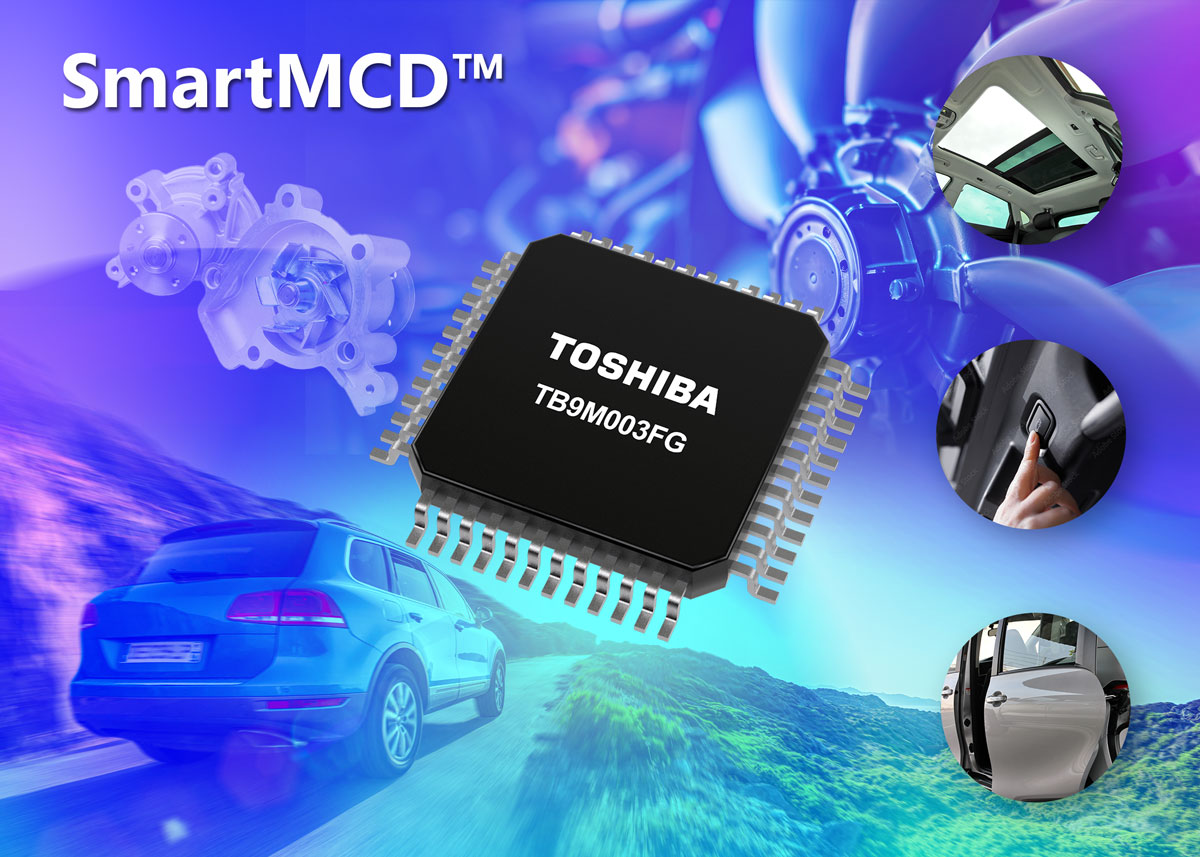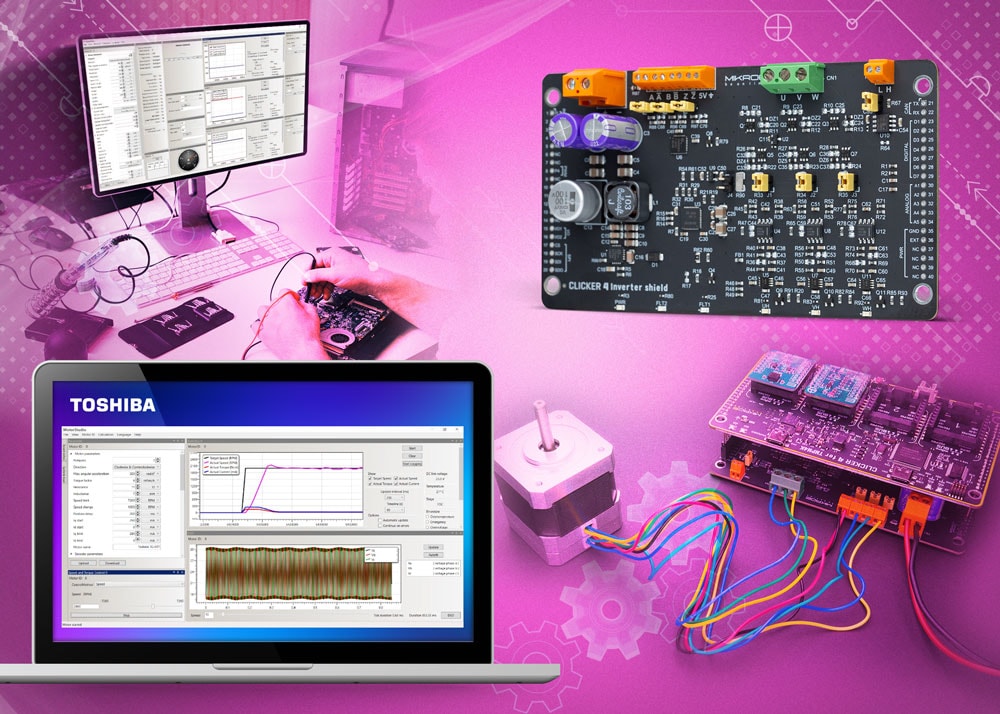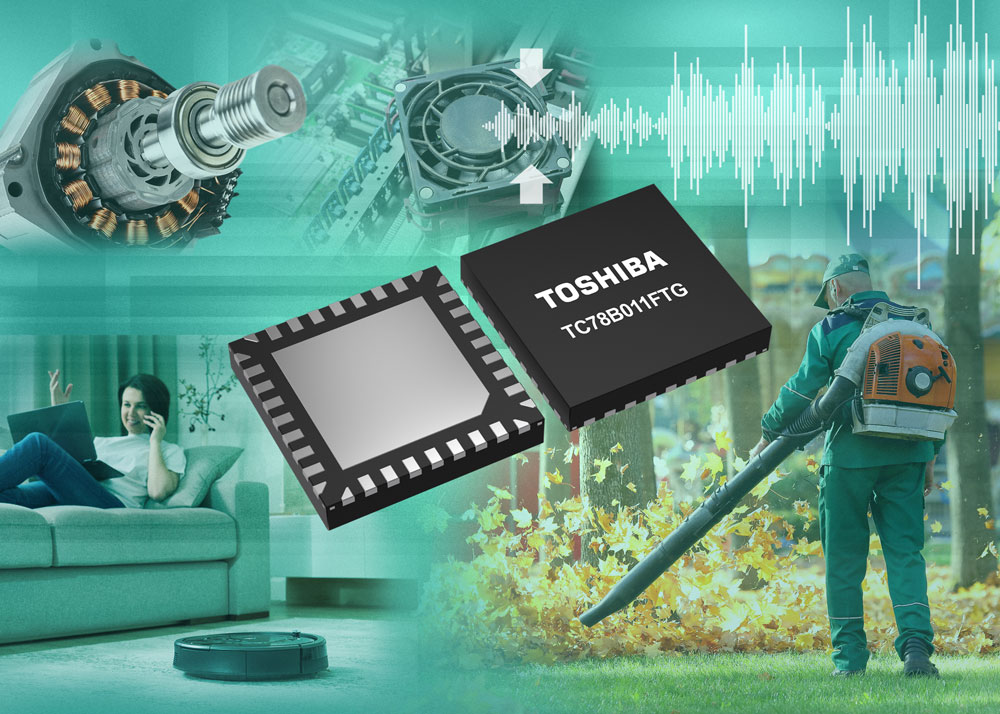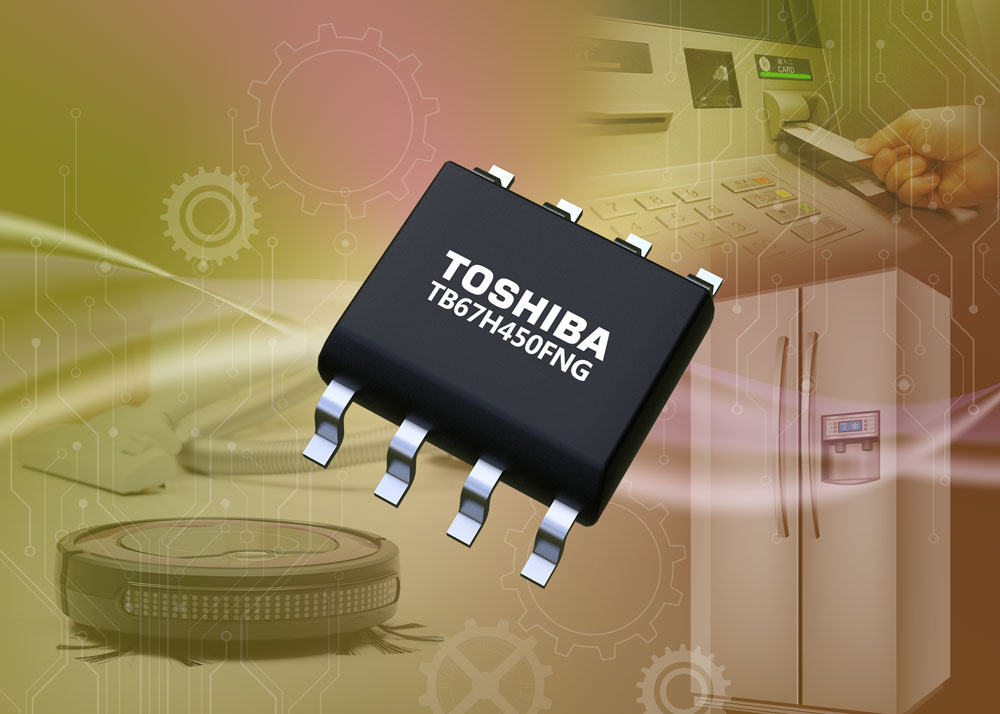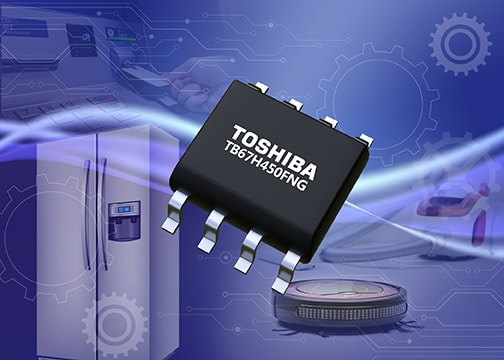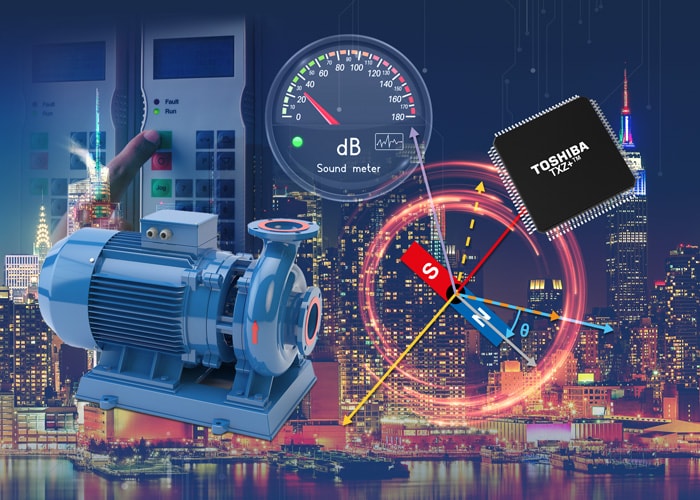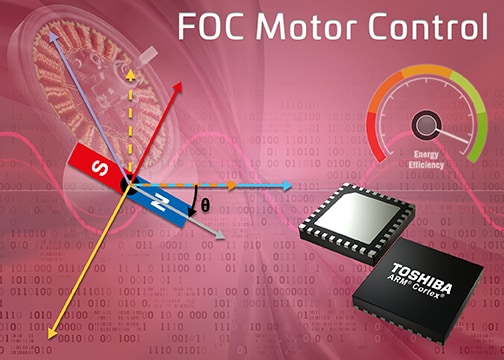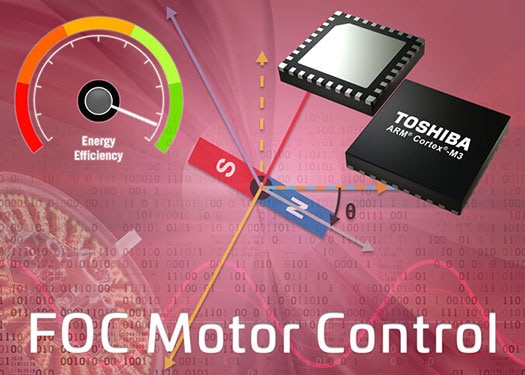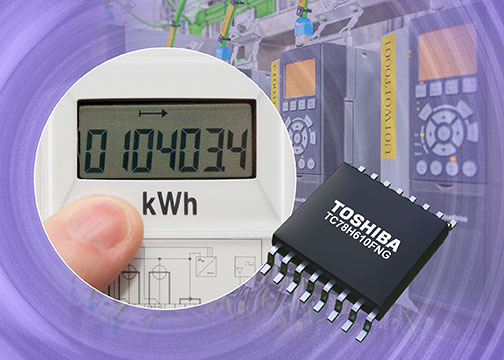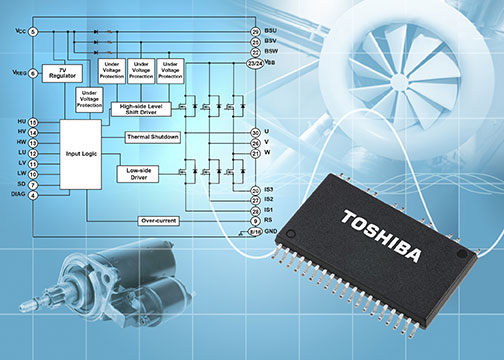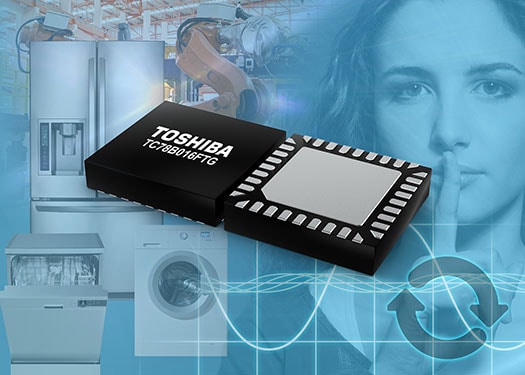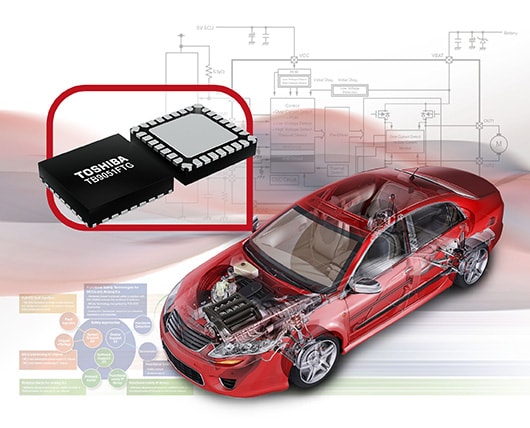- General Top
- SEMICONDUCTOR
- STORAGE
- COMPANY
-
My ToshibaSemicon
- Semiconductor Top
-
ApplicationsAutomotive
Body Electronics
xEV
In-Vehicle Infotainment
Advanced Driver-Assistance Systems (ADAS)
Chassis
IndustrialInfrastructure
BEMS/HEMS
Factory Automation
Commercial Equipment
Consumer/PersonalIoT Equipment
Healthcare
Wearable Device
Mobile
Computer Peripherals
-
ProductsAutomotive Devices
Discrete Semiconductor
Diodes
Transistors
Logic ICs
Analog Devices
Digital Devices
Wireless Devices
※
: Products list (parametric search)
Power SemiconductorsSiC Power Devices
※
: Products list (parametric search)
Isolators/Solid State RelaysPhotocouplers
Digital Isolators
Solid State Relays
Fiber Optic Transmitting Modules
※
: Products list (parametric search)
MOSFETsIGBTs/IEGTsBipolar Transistors※
: Products list (parametric search)
Diodes※
: Products list (parametric search)
MicrocontrollersMotor Driver ICsIntelligent Power ICs※
: Products list (parametric search)
Power Management ICsLinear ICs※
: Products list (parametric search)
General Purpose Logic ICsLinear Image SensorsOther Product ICsOther Product ICs
※
: Products list (parametric search)
-
Design & Development
Design & Development
Innovation Centre
At the Toshiba Innovation Centre we constantly strive to inspire you with our technologies and solutions. Discover how to place us at the heart of your innovations.
-
Knowledge
Knowledge
Highlighted Topics
Further Materials
Other
- Where To Buy
- Part Number & Keyword Search
- Cross Reference Search
- Parametric Search
- Stock Check & Purchase
This webpage doesn't work with Internet Explorer. Please use the latest version of Google Chrome, Microsoft Edge, Mozilla Firefox or Safari.
require 3 characters or more. Search for multiple part numbers fromhere.
The information presented in this cross reference is based on TOSHIBA's selection criteria and should be treated as a suggestion only. Please carefully review the latest versions of all relevant information on the TOSHIBA products, including without limitation data sheets and validate all operating parameters of the TOSHIBA products to ensure that the suggested TOSHIBA products are truly compatible with your design and application.Please note that this cross reference is based on TOSHIBA's estimate of compatibility with other manufacturers' products, based on other manufacturers' published data, at the time the data was collected.TOSHIBA is not responsible for any incorrect or incomplete information. Information is subject to change at any time without notice.
require 3 characters or more.
Implementing Superior Sensor-Less BLDC Motor Control
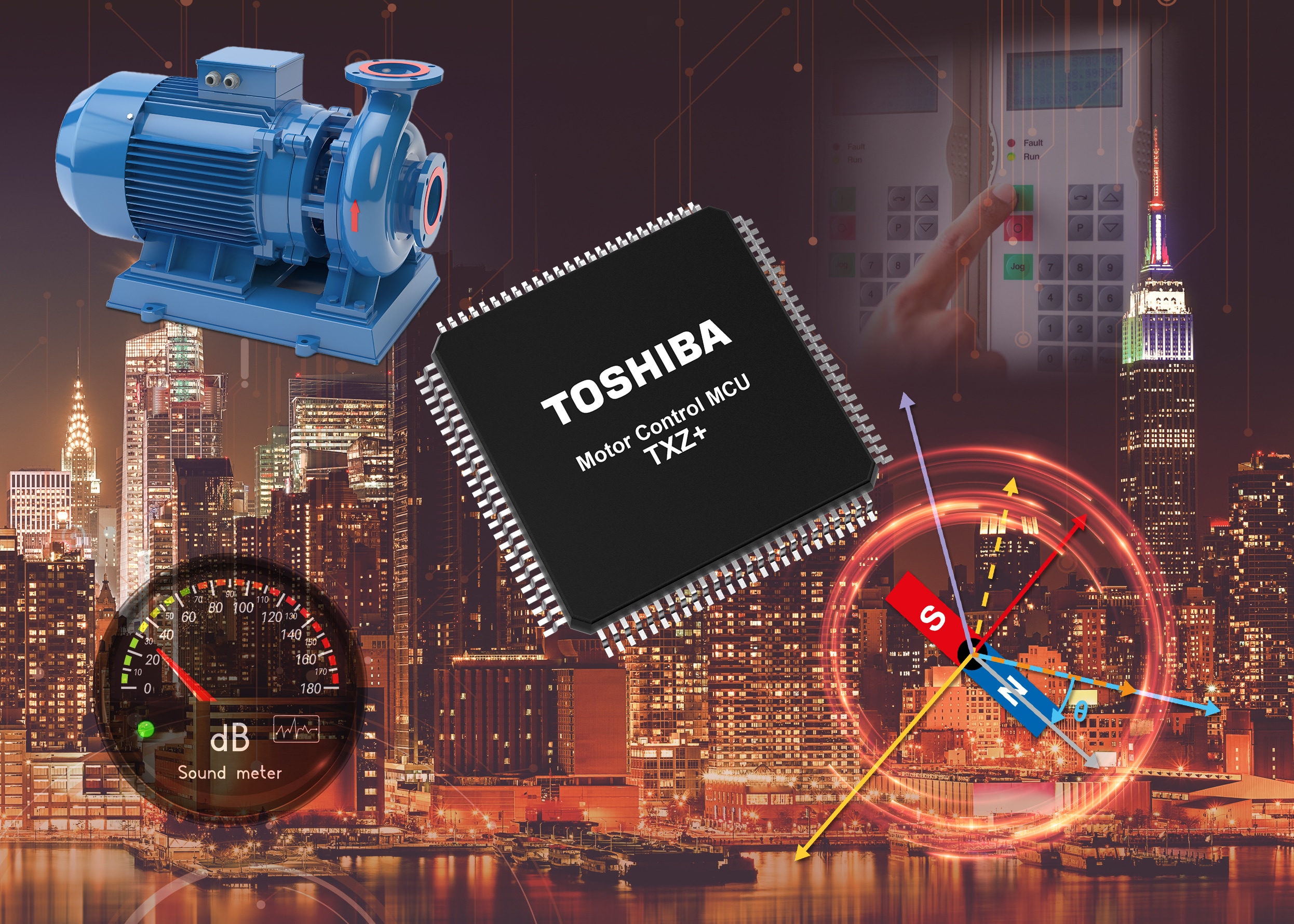
So as to keep down the overall component count and lower the costs involved, as well as saving valuable space, sensor-less control of BLDC motors is proving to be increasingly appealing to today’s design engineers. This approach is used in household appliances, industrial hardware and various other scenarios. Accurately determining the back EMF induced allows the position of the rotor to be calculated so that the BLDC can be driven more effectively, with the need for inclusion of Hall sensor devices being circumvented.
Over the years field oriented control (FOC) has emerged as the preferred method via which to undertake sensor-less motor control, providing the high precision data needed for elevated levels of operational efficiency. It must be acknowledged though that there are situations where it is not necessarily ideal.
When running at low speeds, after the motor’s operation has been initiated for instance, getting accurate positioning data is difficult. Consequently, the use of a high-frequency test signal is needed in order for the rotor’s position to be derived. This, however, will result in torque ripple being generated - which subsequently leads to electro-magnetic interference, acoustic noise and energy losses.
The latest additions to the game-changing TXZ+ series of 32-bit MCUs available from Toshiba offer a way of dealing with this problem. These Arm Cortex-M based devices leverage the company’s unique Advanced Programmable Motor Driver (A-PMD) technology. Using this, individual pulse-width modulated (PWM) carriers are assigned to each motor phase. Common triggers are generated for the MCU ADCs synchronously monitoring the current on the applicable motor phases. The upshot of this is that high-frequency test signals no longer need to be applied when the motor is operating at lower speeds - thereby enabling less noisy motor performance with heightened degrees of efficiency.
To download the whitepaper that Toshiba has published on how A-PMD is making BLDC motor control more effective at low speeds, please click below:


